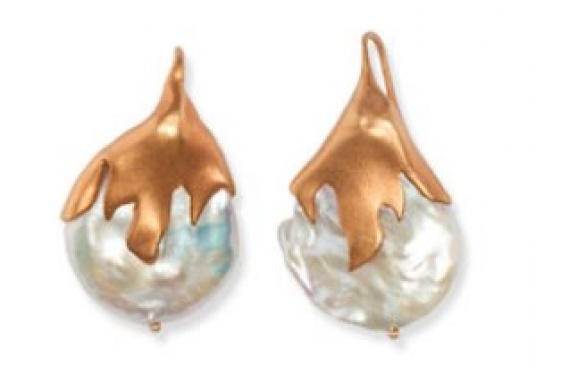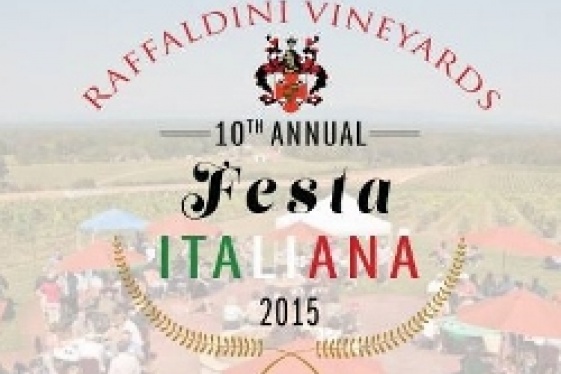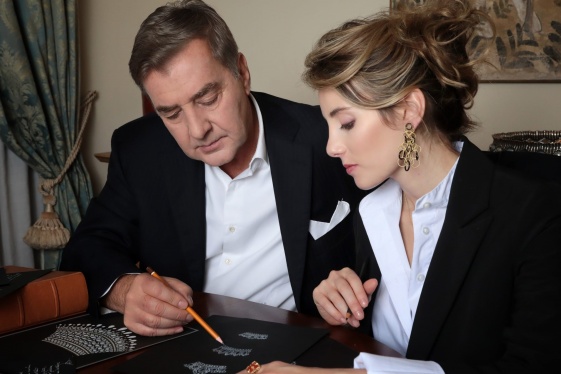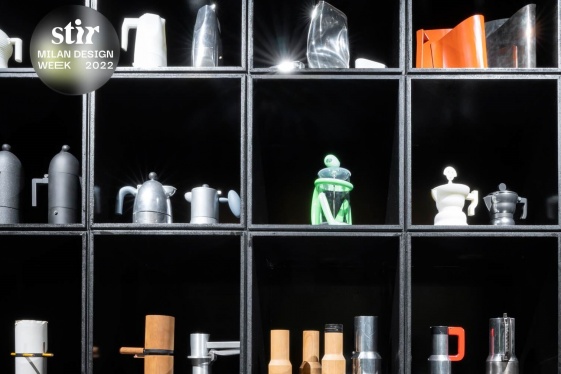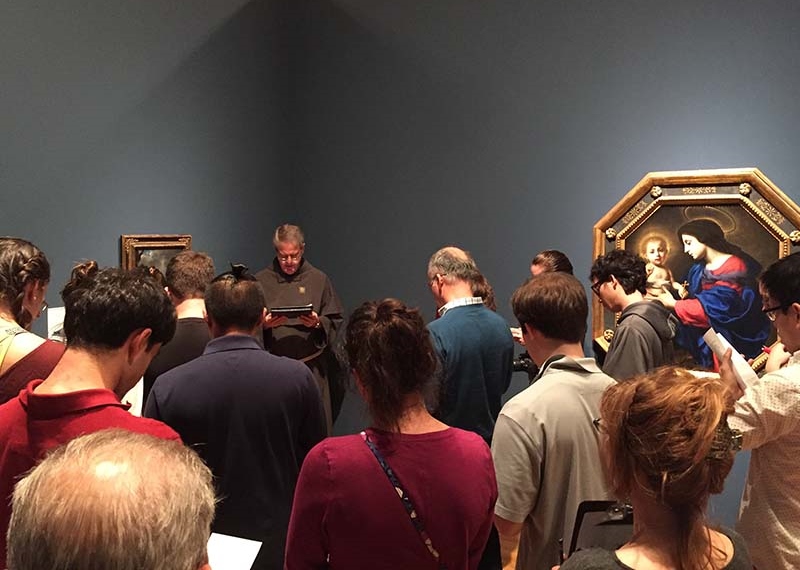
What came after: The Counter-Reformation art of Carlo Dolci

BY: Yonat Shimron
Five hundred years ago this week, Martin Luther is said to have nailed his 95 theses to the door of Wittenberg, Germany’s Castle Church, ushering in a revolt against the Roman Catholic Church. The ensuing theological demolition also involved its artwork, much of which was defaced or burned in now-Protestant areas of Europe.
On the turf it managed to hold, the church mounted a response - the Counter-Reformation, a multi-pronged movement responding to and resisting the reforms. It, too, had an artistic aspect: Titian, El Greco and Caravaggio. But also Carlo Dolci of Florence, Italy, whose meticulous paintings of Christian themes, saturated with emotion and glistening with color, were everything the iconoclast reformers railed against.
SOURCE: https://cruxnow.com
You may be interested
-
Italian auto supplier Brembo to build new U....
Italian brakes maker Brembo will build a new foundry in Michigan to expand its manufacturi...
-
L'Arte del Gioiello Italiano - Lecture and T...
How has Italy influenced the world of Jewelry? Join us for a special lecture on the a...
-
Raffaldini Vineyards' 10th Annual Festa Ital...
Saturday September 19, 11 AM/5 PM - Raffaldini Vineyards & Winery - 450 Groc...
-
'A small New York': Palm Beach to become home...
Miami-born and Italy-raised, jewelry designer and accomplished equestrian Lucrezia Buccell...
-
'Alessi 100-001' celebrates 100 years of Ales...
Iconic Italian design brand Alessi is celebrating its centennial with an exhibition titled...
-
'Breaking so many barriers': Three women brin...
In honor of Women's History Month, we're recognizing the women behind the Fayetteville-are...
-
'Canaletto and the Art of Venice' comes to BF...
RAMParts Presents, in partnership with Exhibition on Screen, brings the 90-minute feature...
-
'Chianti In The Carolinas' Is A Vineyard Offe...
The battle between Old World and New World wines has been around for centuries and still p...




